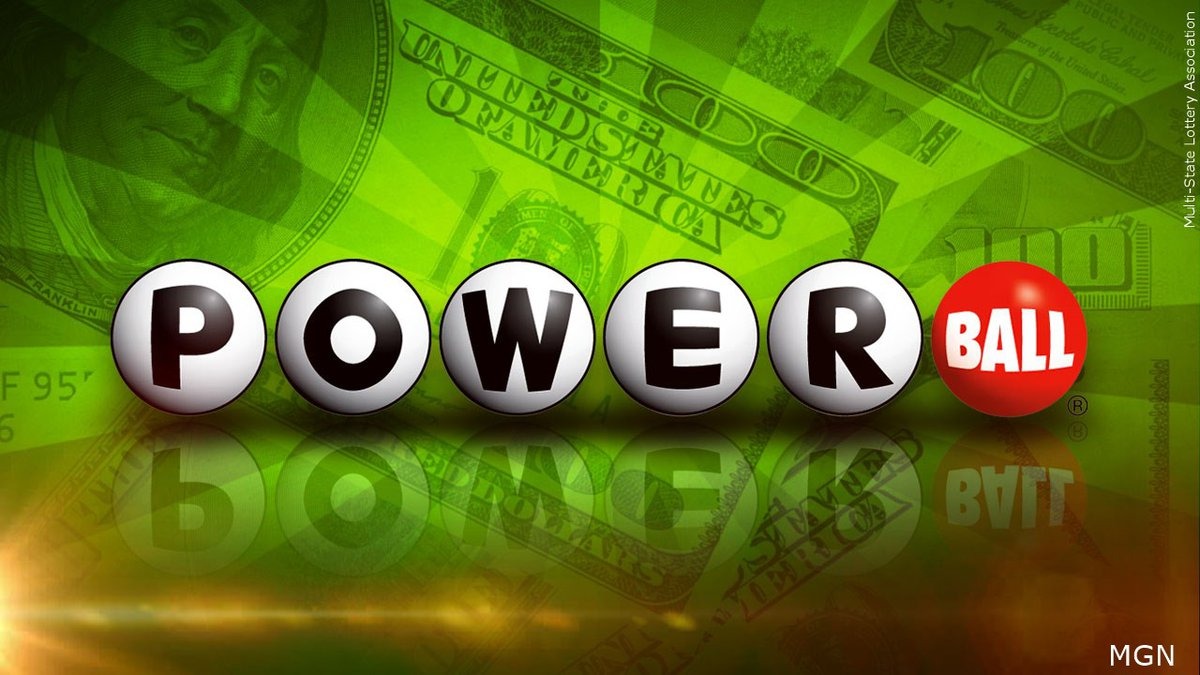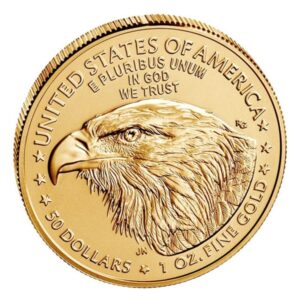
The Powerball lottery, a game of chance that has both inspired dreams and awarded colossal sums of money, has an illustrious history rooted in the evolution of lotteries in the United States. The allure of becoming a multimillionaire overnight has kept players coming back to buy tickets, week after week, despite the astronomical odds against them. This article delves into the journey of the Powerball lottery from its inception to its present-day incarnation.
The Genesis: Early Days of U.S. Lotteries
While the Powerball lottery as we know it began in the late 20th century, the concept of lotteries in the U.S. goes back to the colonial era. These early lotteries funded the establishment of some of America’s most renowned institutions, like Harvard and Yale. By the 19th century, however, lotteries faced significant criticism and opposition, leading to bans in many states. It wasn’t until the second half of the 20th century that states began to see lotteries as a means to increase revenues without raising taxes, setting the stage for the birth of state-sponsored games.
The Emergence of Powerball
The Powerball lottery made its debut on April 22, 1992. It was the brainchild of the Multi-State Lottery Association (MUSL), a non-profit, government-benefit association owned and operated by its member lotteries. Powerball was introduced as a game that could generate larger jackpots than any single state lottery and was the first game to use two drums. This method offered more manipulation by simultaneously allowing high jackpot odds, numerous prize levels, and low overall odds of winning.
The first Powerball draw promised a jackpot of a whopping $15 million, a figure that was eye-popping at the time. Little did anyone anticipate that this was just the beginning.
Notable Milestones in Powerball History
- First Big Change (1997): Powerball underwent its first major change in 1997. The red ball number pool increased, leading to larger jackpots. The starting jackpot was then set to $10 million.
- Cross-Selling with Mega Millions (2010): In an unprecedented move, an agreement was made in October 2009 to allow states to sell both Powerball and Mega Millions tickets. This change came into effect on January 31, 2010, making both games available to a much wider audience.
- Record-Breaking Jackpots: Over the years, Powerball has awarded some staggering jackpots. The world was taken by storm in January 2016 when the jackpot soared to an astonishing $1.586 billion, the largest in world history. This prize was split among three winning tickets from California, Florida, and Tennessee.
- Changes to the Gameplay (2015): In October 2015, Powerball made changes to the number pool, leading to larger jackpots and better odds for winning any prize.
- $2 Tickets (2012): The ticket price doubled from $1 to $2 in January 2012, leading to bigger, faster-growing jackpots. This change also introduced the $1 million cash prize for matching the five white balls in any order.
Powerball’s Impact
Beyond the life-changing wins, Powerball has contributed immensely to state revenues. Many states earmark a portion of their lottery proceeds for specific purposes, such as education, environmental conservation, or senior citizen programs. The influx of funds from Powerball ticket sales has played a crucial role in supporting these initiatives.
Powerball Today
Powerball continues to be an integral part of the lottery culture in the U.S. Today, it’s played in 45 states, the District of Columbia, Puerto Rico, and the U.S. Virgin Islands. With technological advancements, Powerball has also embraced online platforms, allowing players to buy tickets and check results online.




